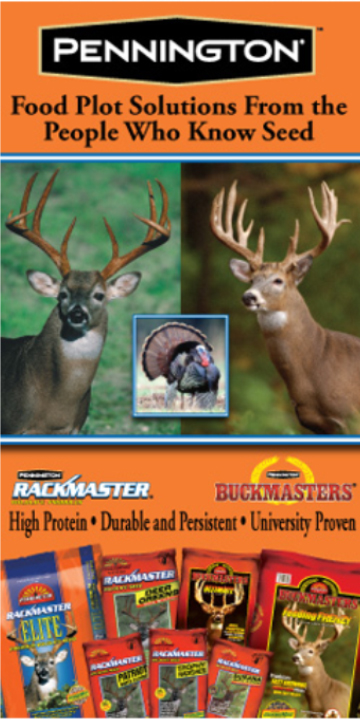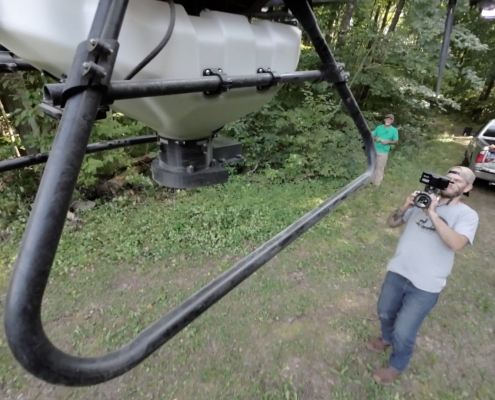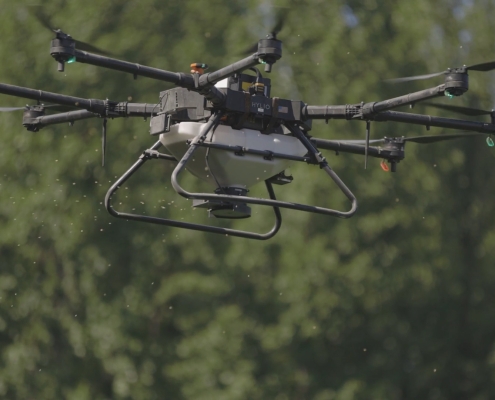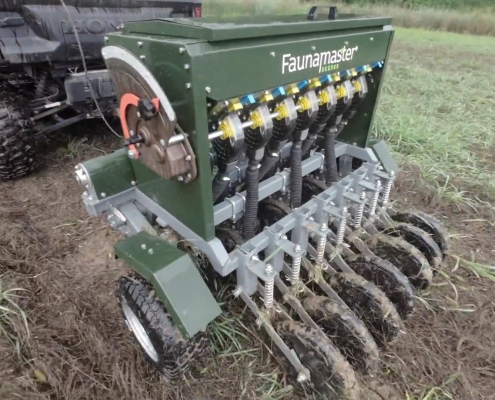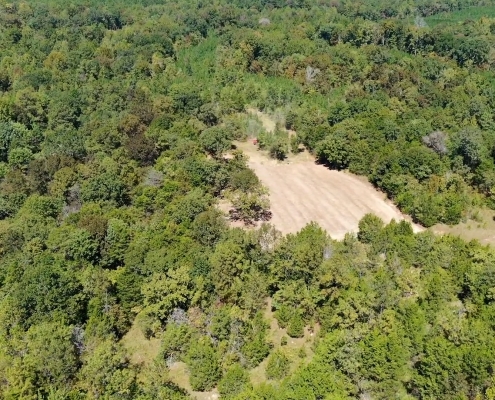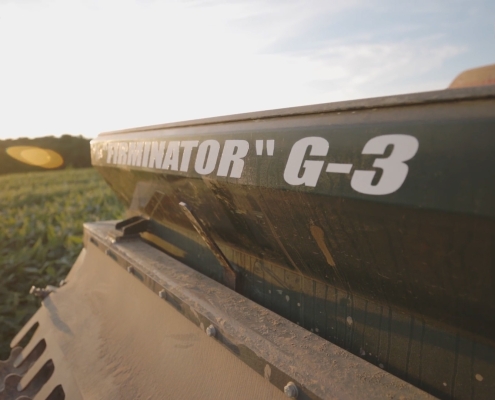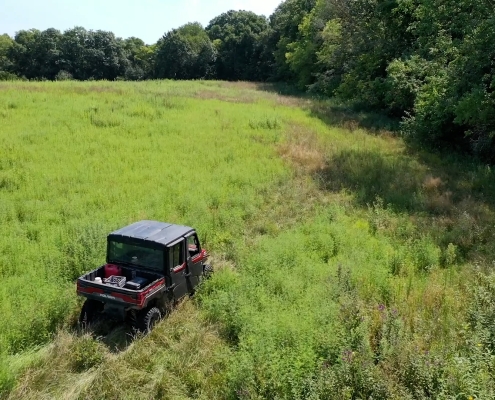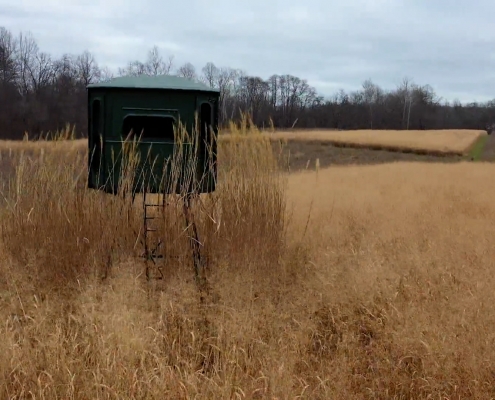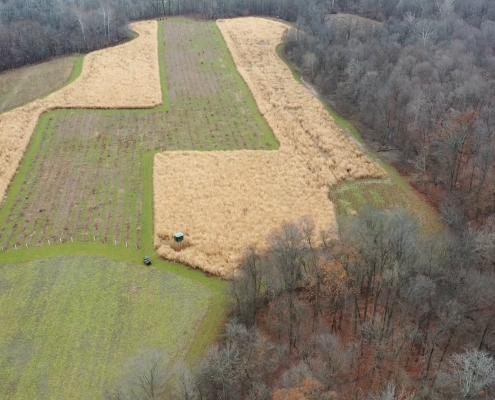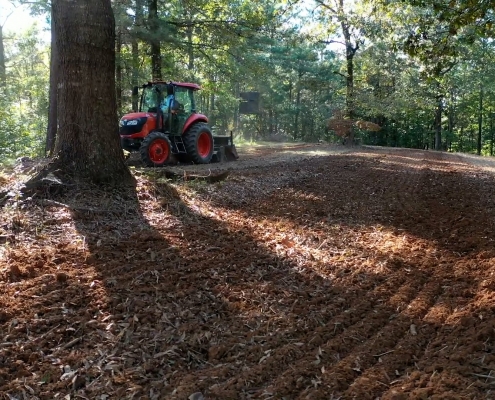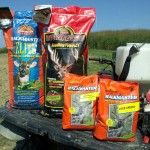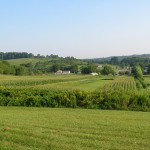Food Plots
Casey had to alter his wildlife management plan just weeks ago when planting food plots. With the poor yields, he had planned on leaving standing corn, but the insurance agency wanted all of it harvested. This called for yet another adjustment to his plans for deer hunting this fall. The standing corn was going to be left for cover, hiding access to stand locations, and providing some food. Casey’s ability to do this was taken away so he had to develop a different plan. In an effort to provide as much cover as possible, he ran the combine just low enough to harvest the ear. This left a standing stalk that was waist high or taller in most places. This doesn’t create a huge amount of cover, but it’s better than the normal height of shelling corn which would have left the stalks shin deep.
In order to address the lack of food left over from early harvest this year, he utilized Pennington Trophy Radishes as a cover crop in the harvested corn. A hard rain will push the seed off the residue and into the soil. A short time after the rain you’ll have Trophy Radishes coming up in a harvested agricultural field creating a beautiful food plot in corn stalks. Many farmers and land owners don’t want to take parts of their field out of production. Planting a cover crop not only allows them to continue planting and harvesting their crops as normal, but also allows them to provide more food for their deer. The best aspect of planting Trophy Radishes this way is their ability to take up left over nutrients left in the soil and break up compaction in fields. This creates a win-win situation for both farmers and deer hunters alike.
Whitetails need food and cover. When mother nature and others prevent deer managers from providing these two key components, we have to think creatively in order to provide for our deer. This is just one example of “Bridging the Gap” to improve our odds for deer hunting this year. This year has been a trying year for all deer managers, but through adjustment we can provide the best cover and food plots for our whitetails.

